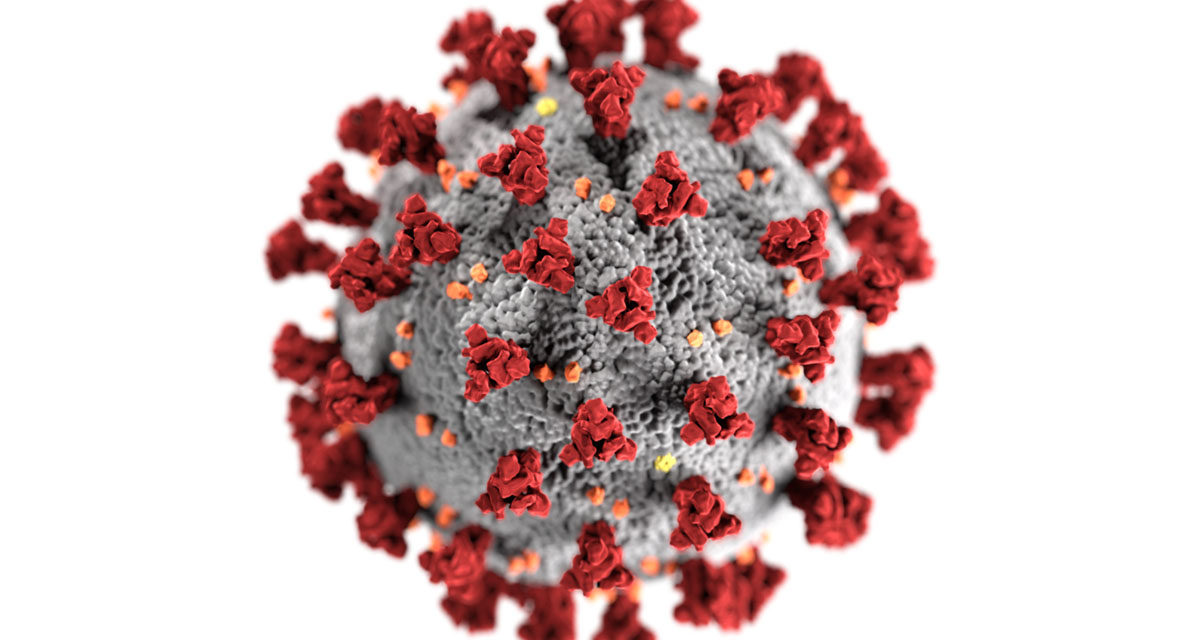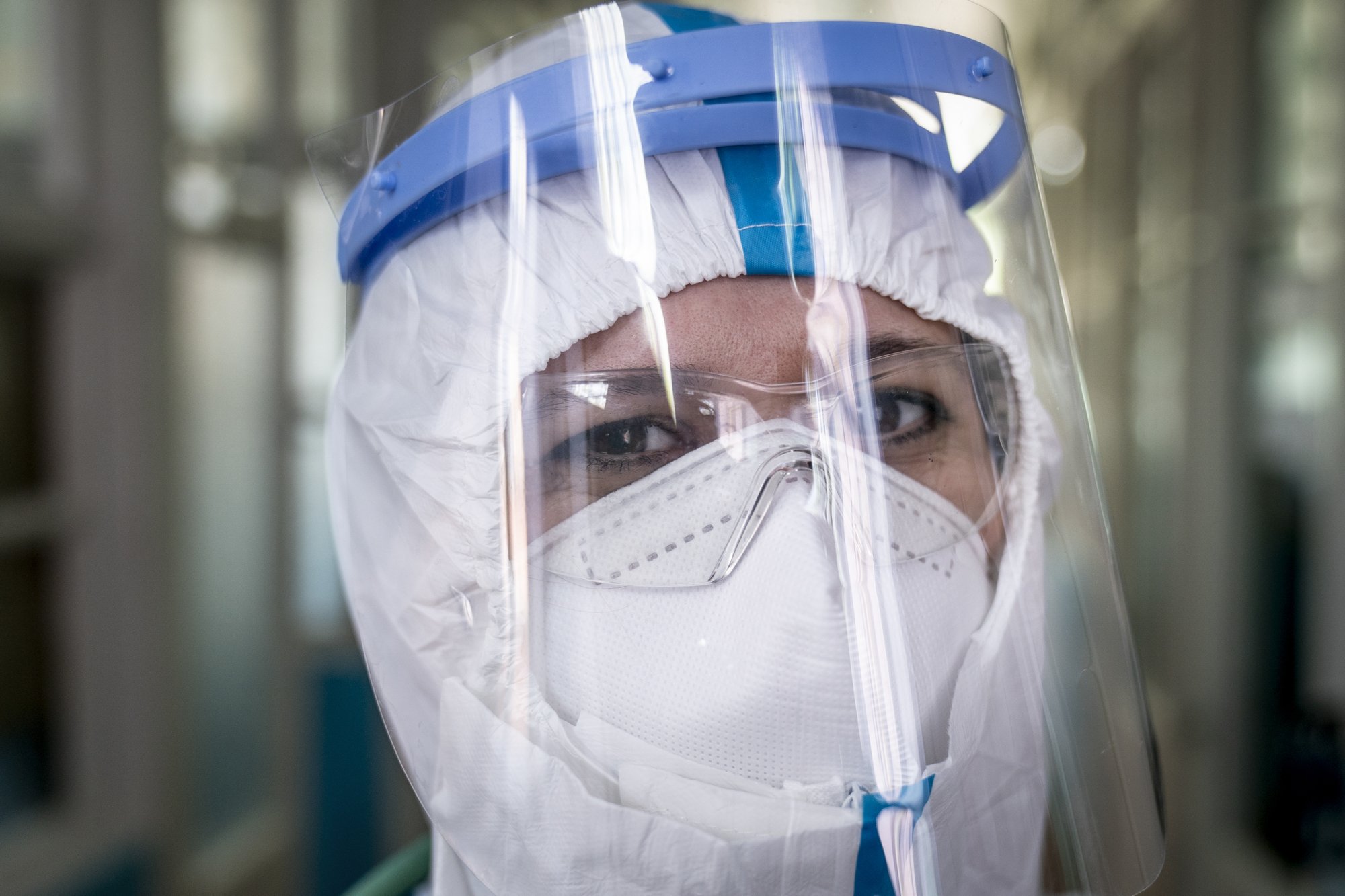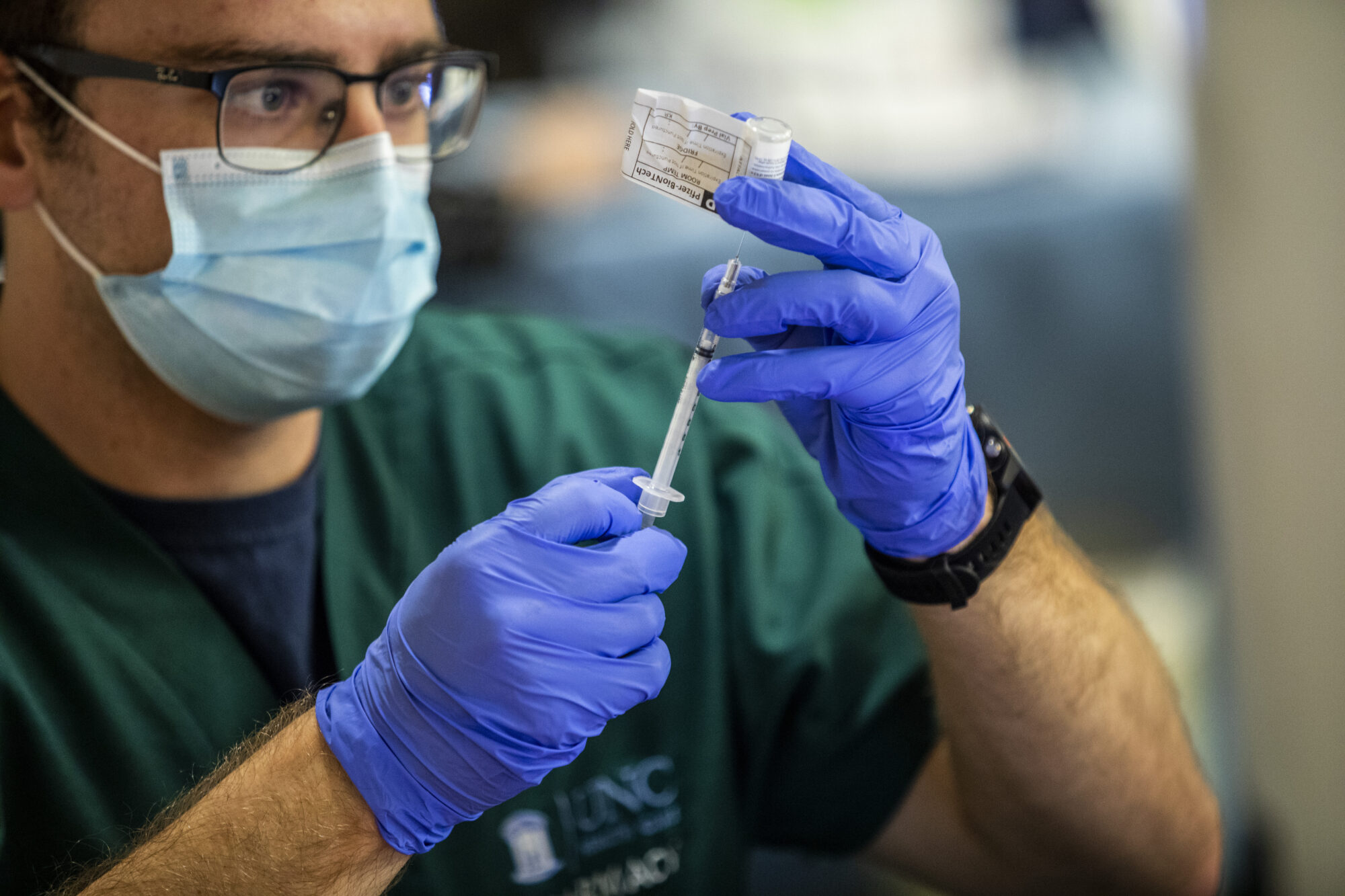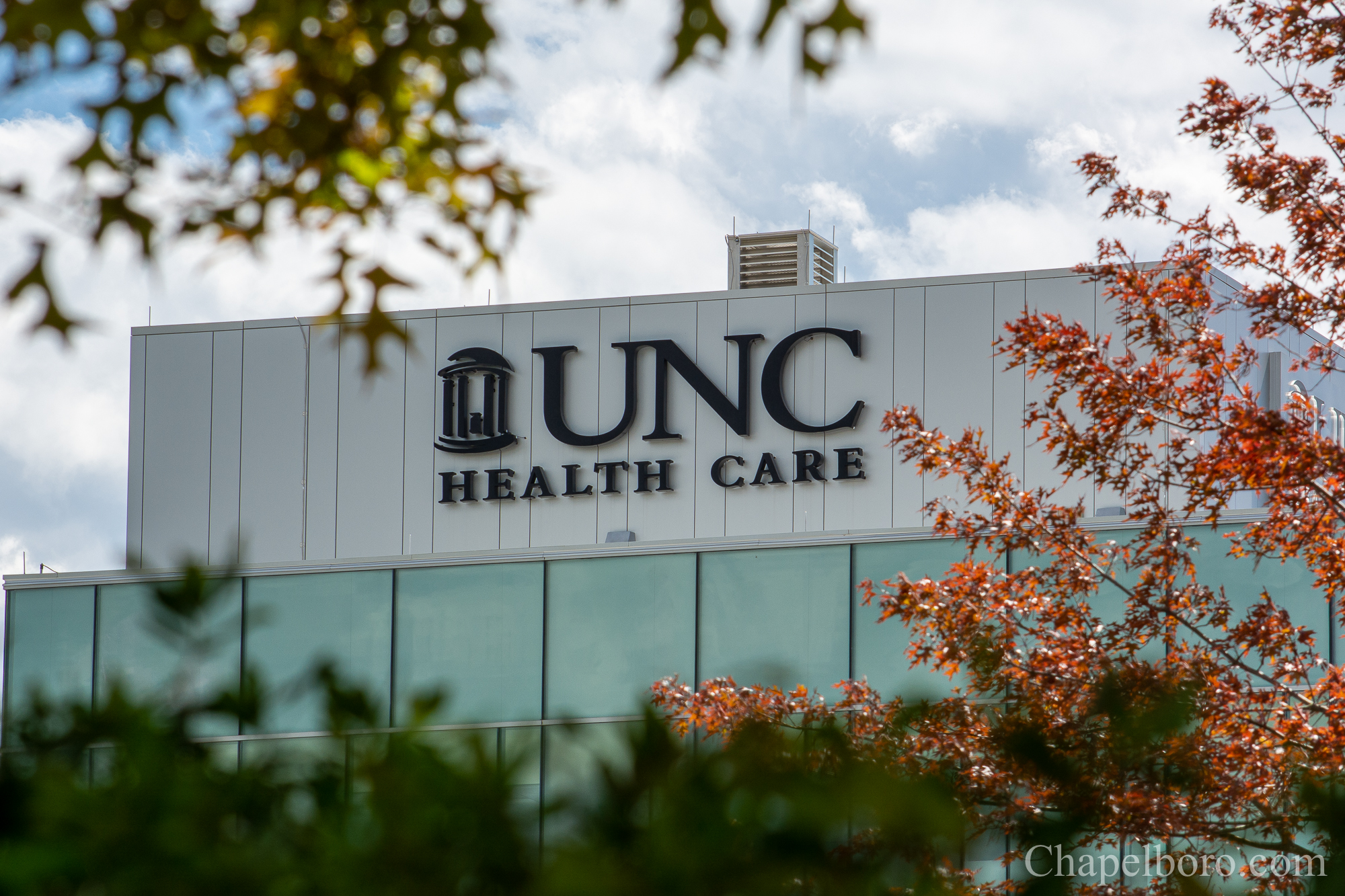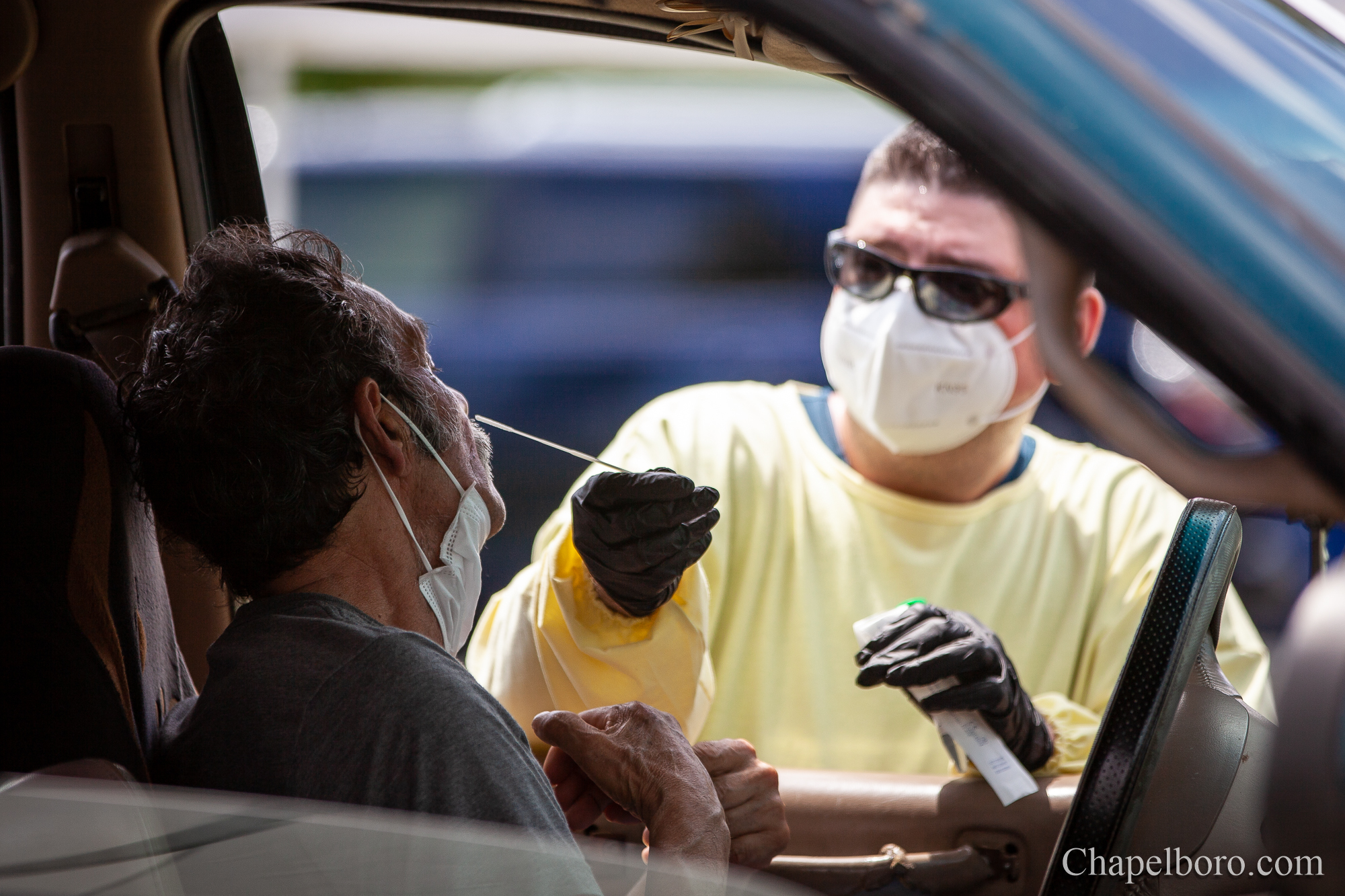North Carolina’s trends indicate the spread of COVID-19 is being mitigated. But medical experts are warning about the challenges the state and country will face when containing the virus as they are gradually opened back up.
State health officials and leaders have said there will be a ‘new normal’ for residents when the state begins to lift its restrictions. That’s because many precautions will need to be taken as more and more is learned about the coronavirus.
Dr. David Weber is the Medical Director of Infection Prevention for UNC Health. He says there’s much to be discovered about how to test for COVID-19, which is particularly tricky because of its long incubation period.
“A test [that is] negative today doesn’t mean that somebody in the incubation period won’t be positive tomorrow,” says Weber. “We need to keep that in mind: a negative test of an asymptomatic patient doesn’t exclude incubating disease. Since we don’t yet have a gold-standard test there, we don’t actually know the sensitivity and specificity of finding COVID-19 in someone who has no symptoms at all.”
In addition, medical experts are still learning new details from those who have survived the virus. While the idea of antibody testing, or seeing if the body has built proteins to fight the infection, is being mentioned, Weber says not enough research has been done yet to determine anything. He says people may still be at risk for infection even if they have recovered from the virus, which makes it difficult to plan an effective ‘new normal.’
“Even now if we do an antibody test in people who are antibody positive,” Weber says, “we won’t be able to assure them or their workplaces that they could not be reinfected.”
This uncertainty around COVID-19 also applies to methods of tracing it. Emily Sickbert-Bennett, the Director of Infection Prevention for UNC Health, says there are still many unknown elements to this initial wave and how case numbers are being recorded. She says it’s vastly less information than experts typically have for other diseases, like the flu.
“With influenza,” she says “we have so many data sources we’re looking at to really understand and get estimates of the burden of disease beyond just what we’re seeing in the hospital. We have syndromic data on patients coming into the emergency department, we’re able to track Twitter feeds, Google searches, WebMD sources and all types of non-traditional data sources.”
Sickbert-Bennett says improving surveillance of COVID-19 will not just be important when tracking widespread cases as the country reopens, but also come fall when the flu season begins again.
“In order to really get a better picture of the epidemiologic impact of COVID-19, and particularly as we approach another wave into respiratory virus season and influenza season,” she says, “we’re going to have to make some investments into those surveillance systems to understand what’s really happening with the disease.”
For now, Sickbert-Bennett points to the practices being used at UNC Health locations as a key example to continue mitigating the spread until more research is complete. She says daily health screenings of employees and all patients of temperatures and other symptoms are helpful, as well as the requirement of wearing masks.
Weber agrees with these methods and says even if the country ultimately experiences additional waves of infection of COVID-19, there will be better preparation to handle them. He says the public being more educated on how the virus spreads and health systems having adequate resources makes a significant difference in response.
“I think we’ll be able to handle future waves much better and logically plan for how to reopen here in the United States,” says Weber. “Everything is dependent on increasing our personal protective equipment supplies, developing surveillance and having adequate testing.”
Chapelboro.com does not charge subscription fees. You can support local journalism and our mission to serve the community. Contribute today – every single dollar matters.

